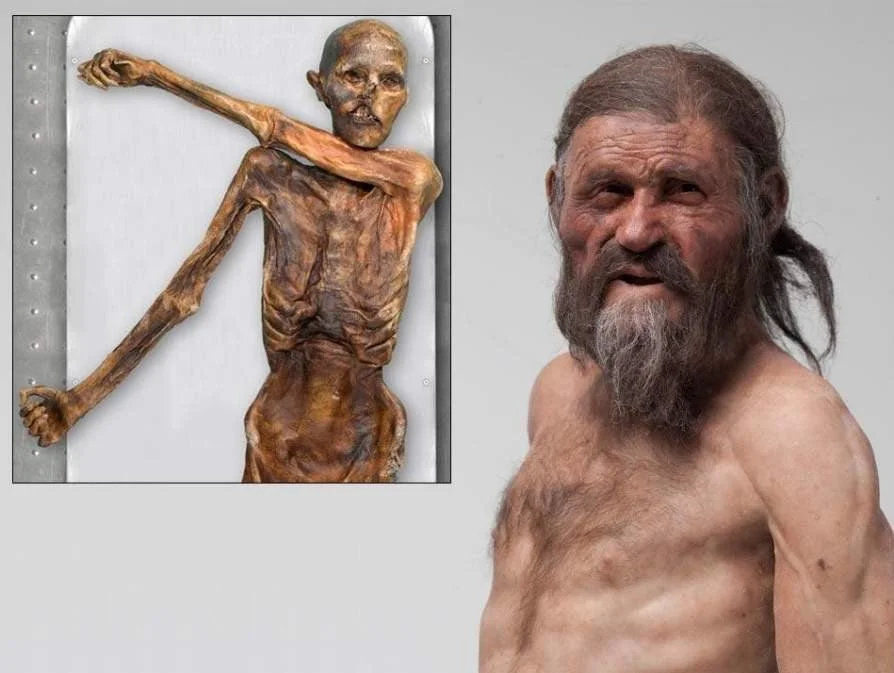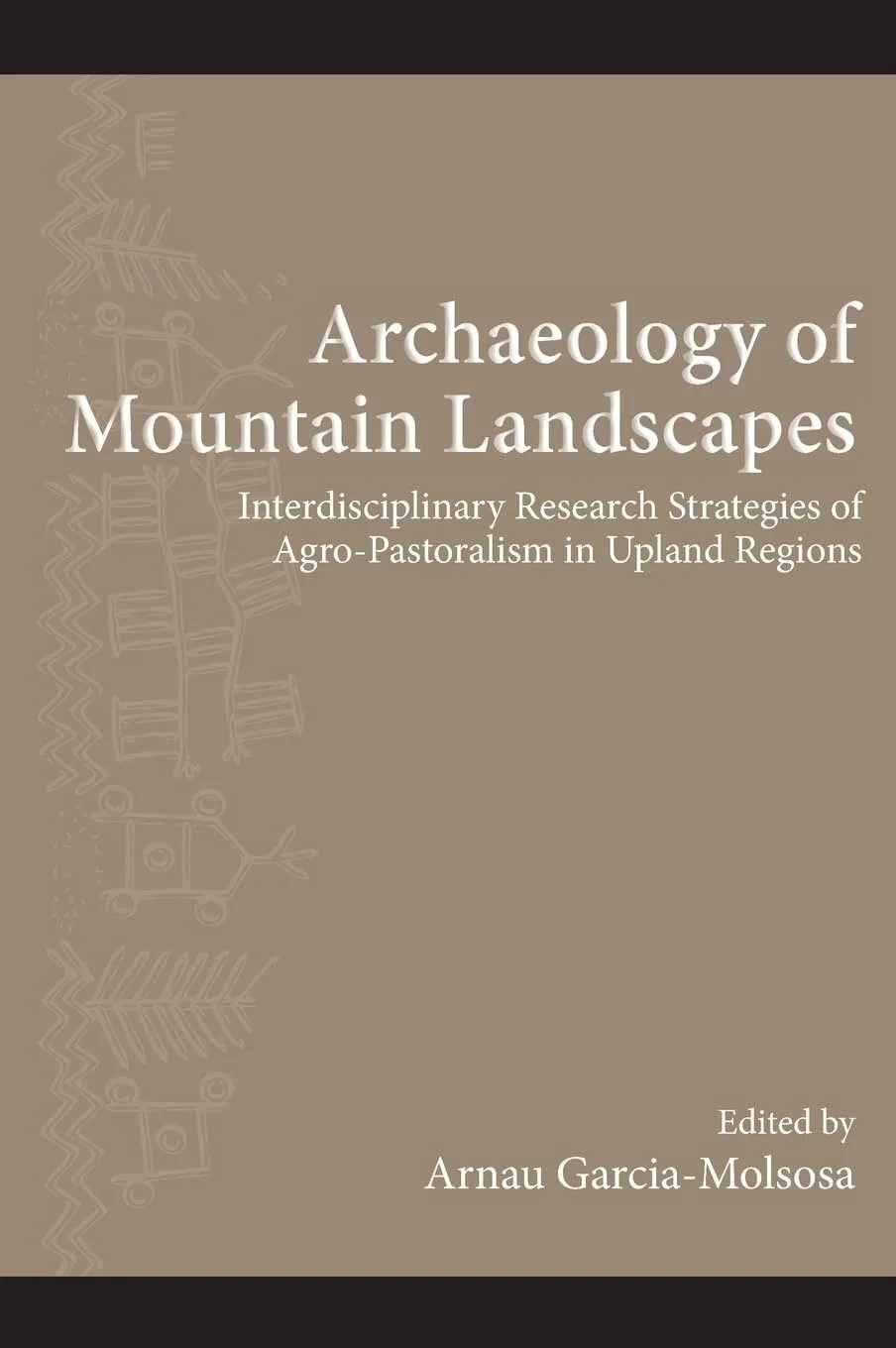Klaus Oeggl, professor in palynology and archaeobotany at the University of Innsbruck and one of the world’s leading authorities on the “Tyrolean Iceman,” discussed recent research about the mummified Neolithic man of the Alps during his keynote lecture before The Institute for European and Mediterranean Archaeology’s (IEMA) 10th annual Visiting Scholar Conference, titled The Archaeology of Mountain Landscapes.
Hikers accidentally found the Iceman’s body in 1991 in the Central Eastern Alps near the border separating Austria and Italy. Initially thought to be a recently deceased individual, researchers eventually determined the corpse was a well-preserved body of an approximately 45-year-old male who lived around 3200 B.C.
The Iceman, referred to as Ötzi, is a two-fold archeological illustration of mystery and information. Evidence that he was possibly murdered makes him the subject of the world’s longest-running cold case, but more than 25 years of research also has provided an astonishing glimpse into the human condition of the remote past.
According to the composition of Ötzi's bones, he spent anywhere from a maximum of two months to about one month each year above the timber line. The evidence is consistent with the theory that Ötzi was a shepherd, going to the alpine regions for a few months each summer to graze livestock.
An elaborate disaster theory suggests the man had fled to safety in the mountains after being injured in a fight at his home village. It was autumn, and the man was a shepherd who sought refuge in the high pastures where he took his herds in summer.
“Regrettably, any archaeological evidence for the existence of such neolithic Alpine pastoral systems is absent up to now. The assumption is based on palynological studies of several peat deposits near the Iceman‘s discovery site only. These pollen diagrams reveal a vegetation change about 1,000 years before the lifetime of the Iceman. Distinct rises in the percentage values of pollen indicative for human interference suggest that this vegetation is caused by grazing livestock on high-altitudinal grasslands.”

